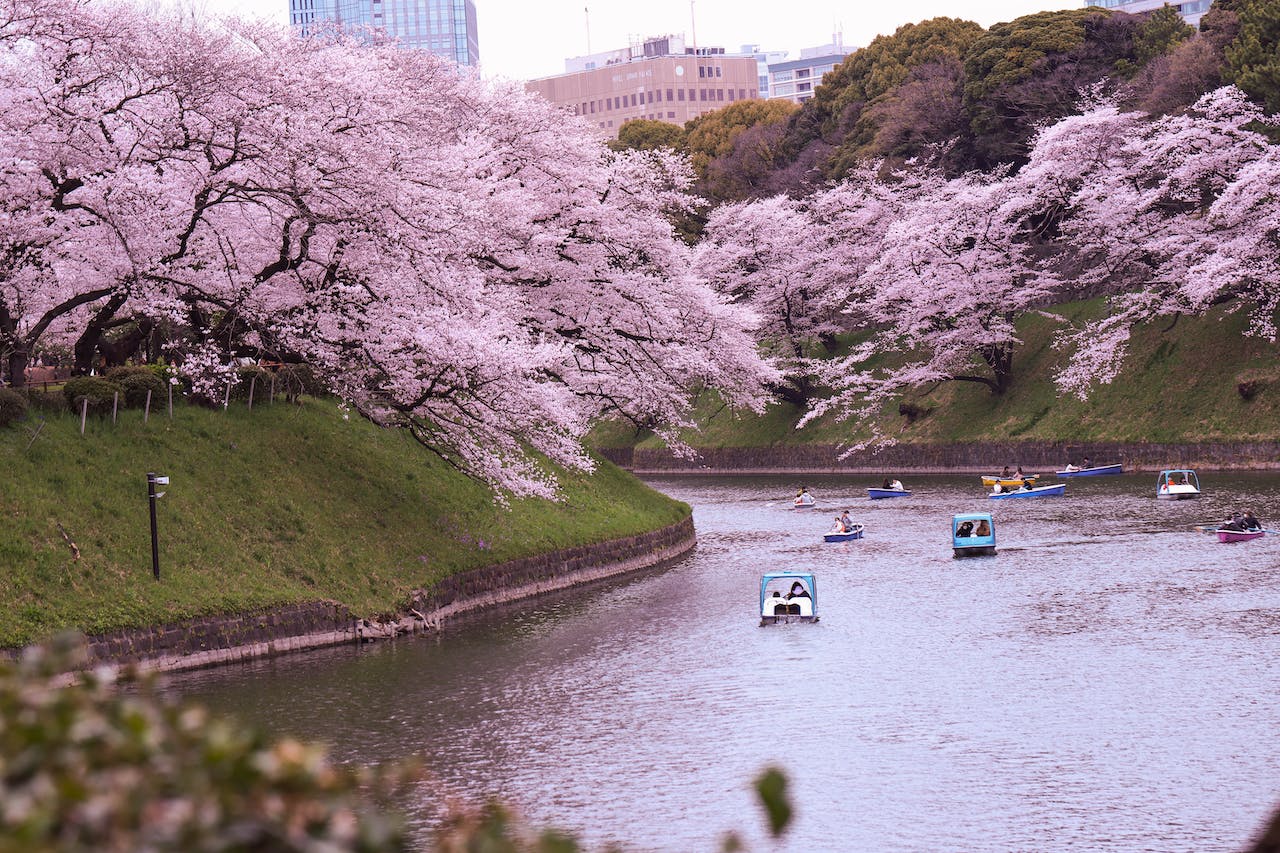The Evolution of Tokyo : From Edo to Ultra Modern Metropolis

What's the first word that comes to your mind when you hear "Tokyo"? Is it Japan, anime, Harajuku, or a bustling metropolis? You're on the right track! All these elements contribute to the image of Tokyo. And if you think about it, you might notice a common thread: modernity and technology. But how did Tokyo become the developed city it is today? In this article, we'll explore some key points in its history and its fascinating process of evolution. So, check it out!
Edo Period (1603-1868)

Source : https://www.historyskills.com/
The history of Tokyo started around 400 years ago. Tokyo, once originally called Edo, it began to thrive in 1603 when Tokugawa Ieyasu established his shogunate there. Edo quickly grew into a major political and cultural hub, with a population exceeding a million by the mid-18th century. During this time, the Emperor lived in Kyoto, which was Japan's official capital. The Edo period lasted for nearly 260 years until the Meiji Restoration in 1868, when the Tokugawa Shogunate ended, and imperial rule was restored. The Emperor moved to Edo, which was then renamed Tokyo, making it the new capital of Japan.
Meiji Period (1868-1912)
Source : https://www.worldhistory.org/Meiji_Restoration/
During the Meiji era, Japan eagerly adopted Western culture. Stone and brick buildings replaced the mansions of feudal lords, and major roads were paved with stones for improved transportation. This era also witnesses the significant advancements in technology. In 1869, Japan's first telecommunication line opened between Tokyo and Yokohama. Just three years later, in 1872, the sight of the first steam locomotive connecting Shimbashi and Yokohama became a reality. Politically, Japan adopted the cabinet system of government in 1885, with Ito Hirobumi becoming the first prime minister. Finally, in 1889, the Constitution of the Empire of Japan was promulgated, solidifying Japan's position as a modern state
Taisho and Early Showa Period (1912-1945)

Source : https://www.flickr.com/
A social shift towards urbanization and growing consumer culture happened in the Taisho era. During that time, more people migrated to cities for work opportunities, embracing a new lifestyle. Education sector grew, with more girls attending higher schools. The cultural scene blossomed as well, with performing arts like theater and opera gaining significant popularity. However, this era of progress was tragically interrupted by the Great Kanto Earthquake in September 1923. This event caused widespread destruction and massive fires. Many people died or went missing, and numerous houses were destroyed. Although a reconstruction plan was created, only a small part of it was implemented due to budget constraints.
Showa, Heisei and Reiwa Period (since 1945 - present)
Many factors contributed to this situation, including the devastating bombing of Tokyo during the final stages of World War II, which occurred about 102 times. As Japan entered the 1970s and 80s, the country faced an oil crisis, environmental issues like air and river pollution, and significant noise pollution. In 1990, the long economic slump caused tax revenues to drop, putting city finances in a critical state. Earthquakes, including one in the 2000s, continued to attack the city. Despite these hardships, Tokyo has demonstrated remarkable resilience, persevering through every storm and keeps growing.
Conclusion
This glimpse into Tokyo's history reveals the immense challenges it has overcome. Its journey to becoming the thriving metropolis we know today is a testament to its resilience. We can see that progress often comes with hardship, and Tokyo's story offers valuable lessons for any city striving to develop.






















